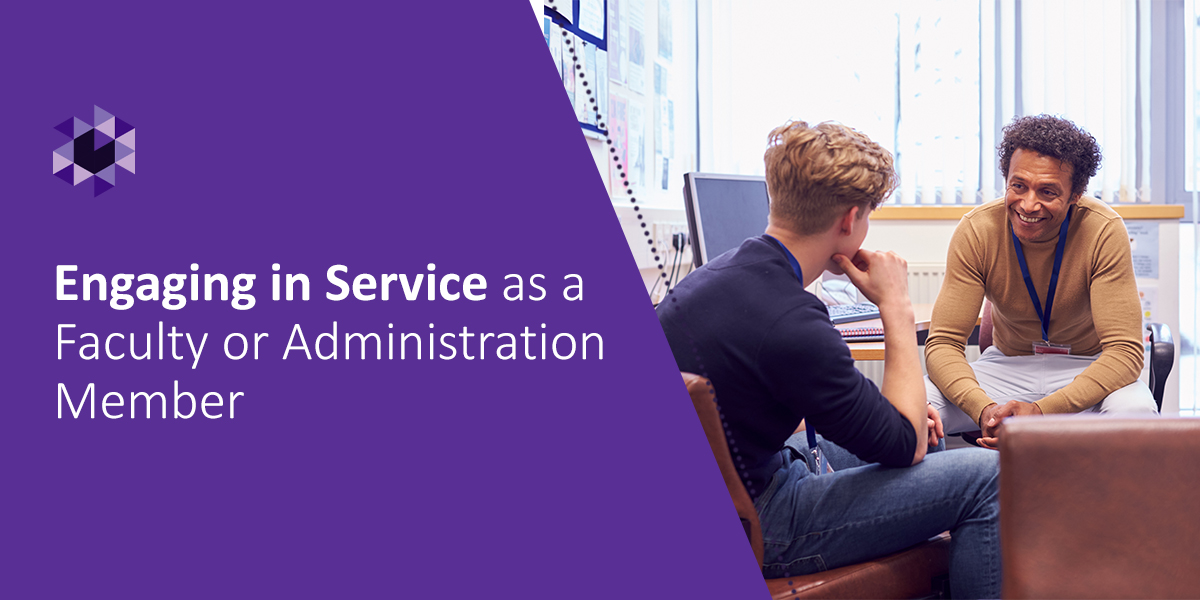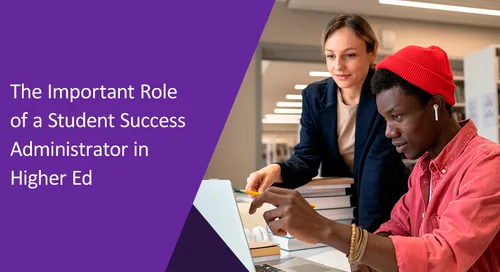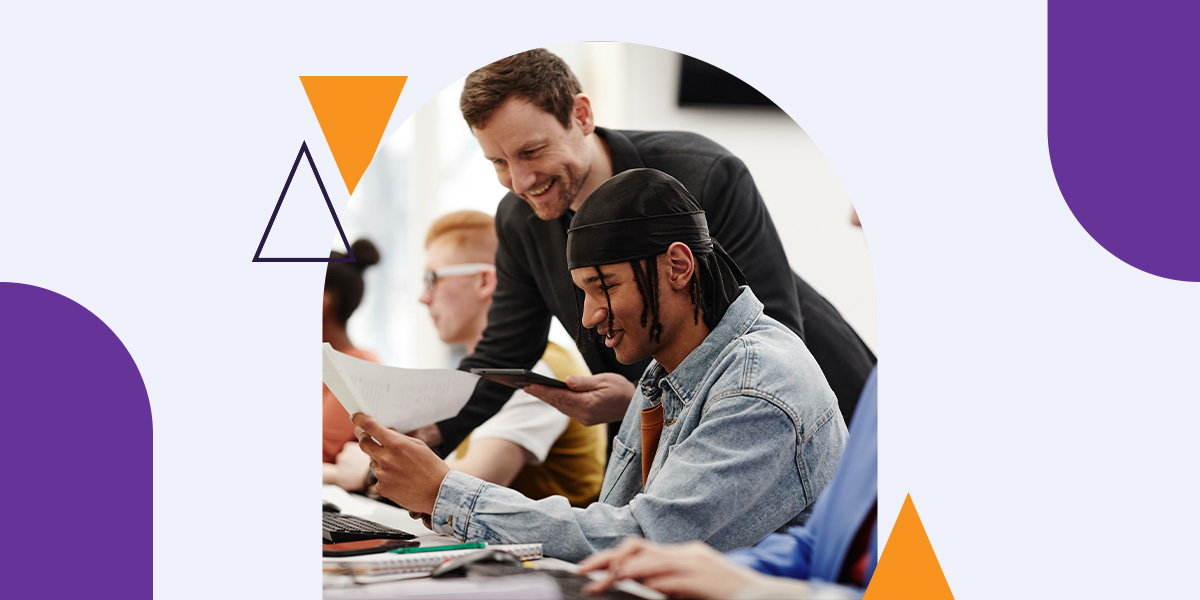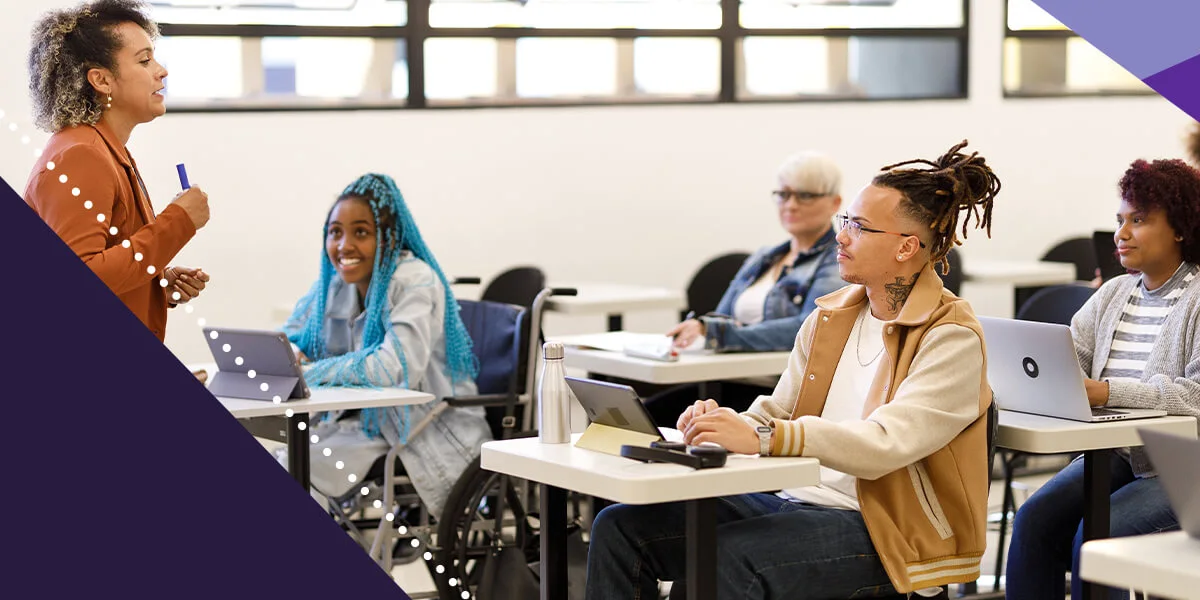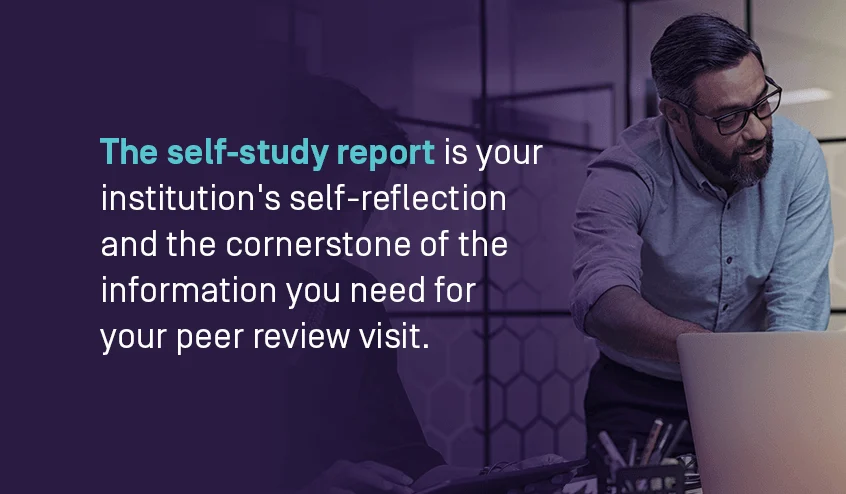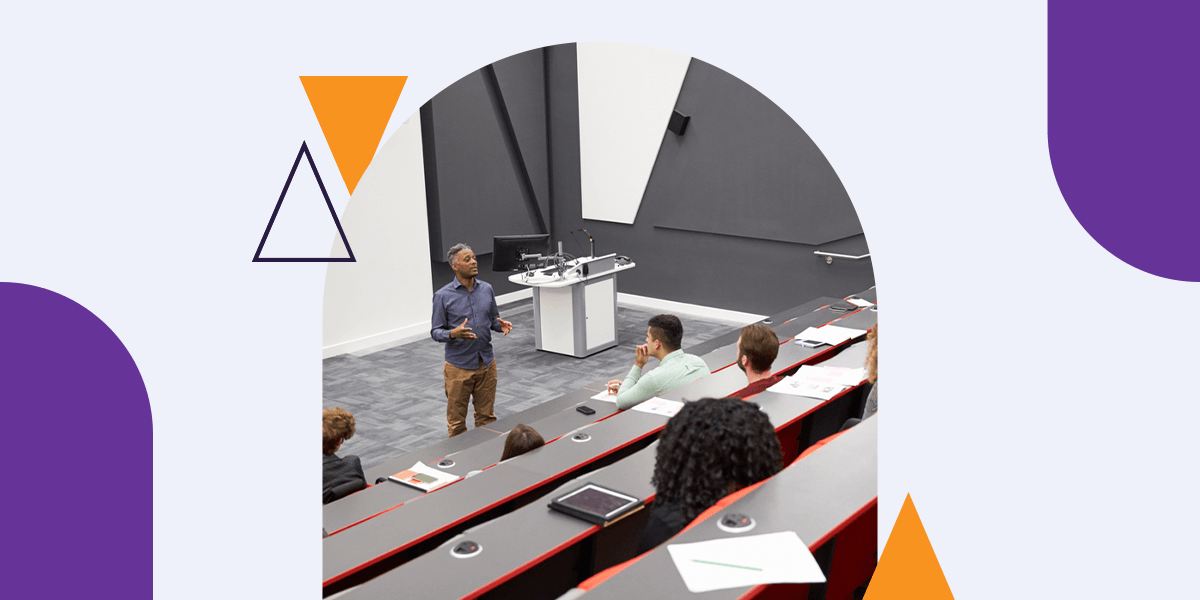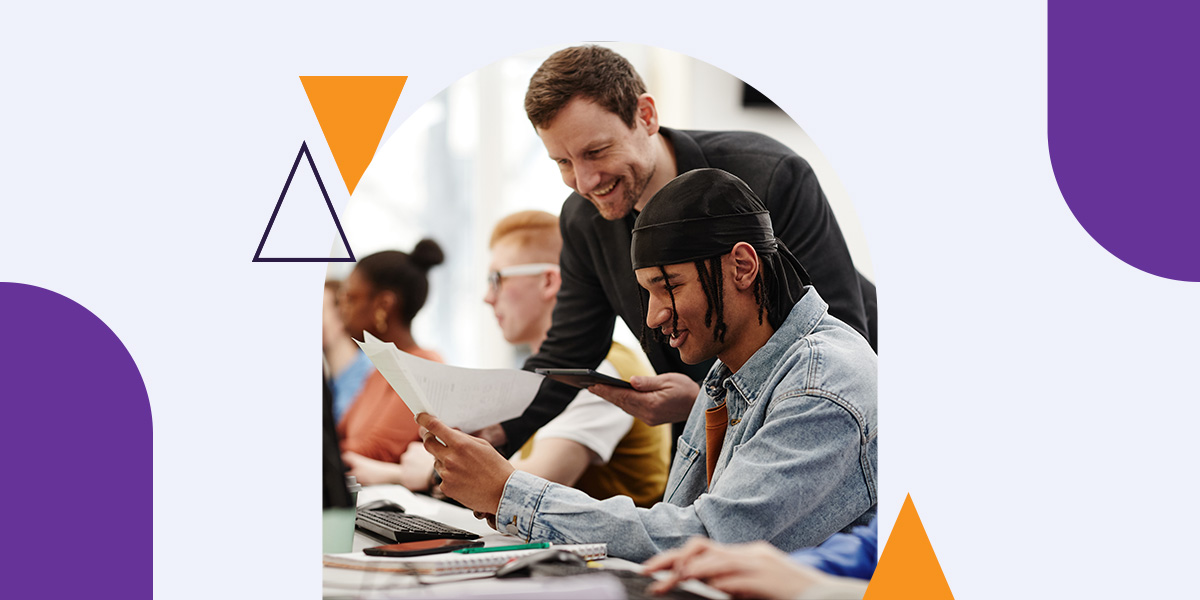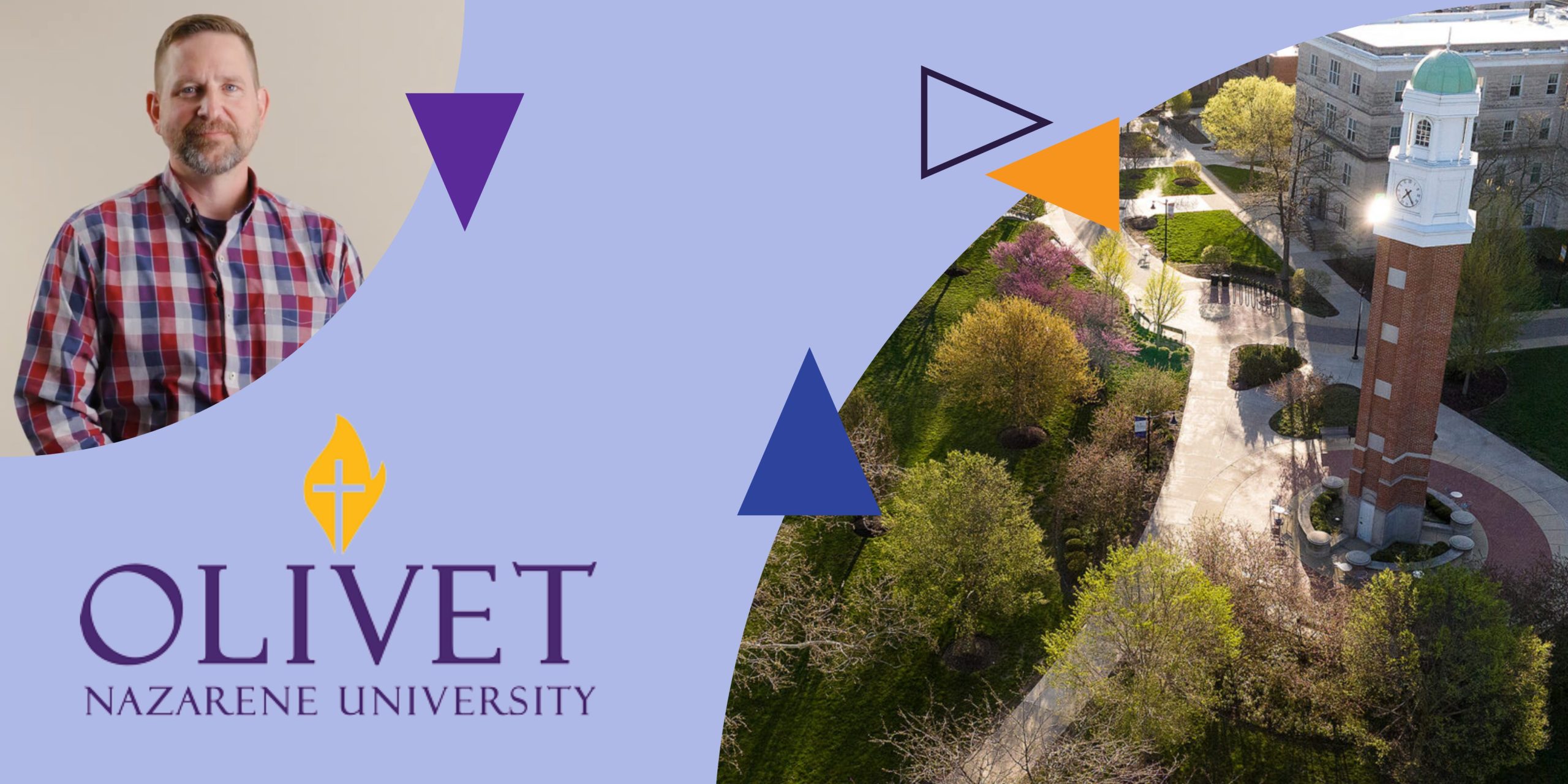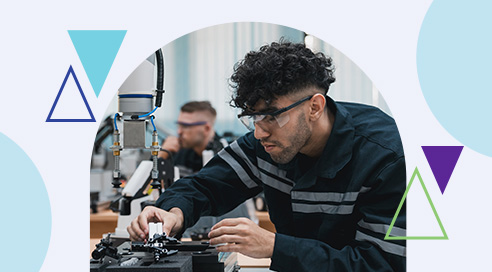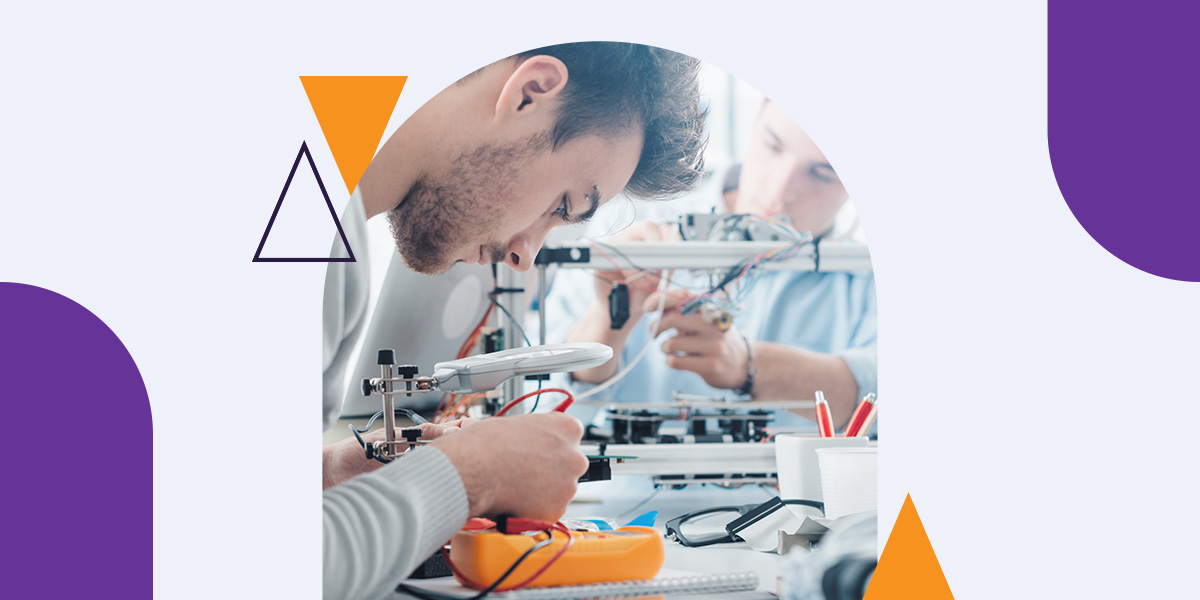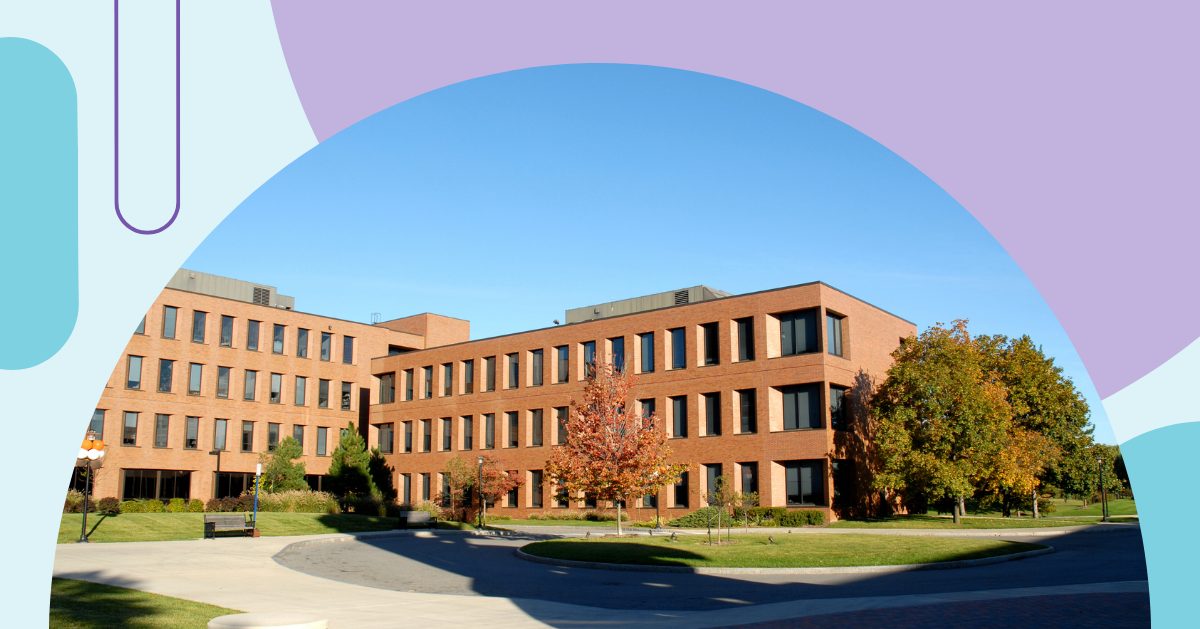
AI is carving out a growing role in higher education, especially in student success initiatives. As institutions learn how to leverage AI tools more effectively, maintaining faculty engagement and supporting faculty-student relationships is essential for ensuring holistic student success. See how a human-centered approach to educational technology can improve student outcomes at your institution.
The promise and perils of AI in student success
How much AI helps or hinders student success depends on how it’s used. Effective AI use means harnessing its strengths while acknowledging its limitations.
Enhancing student support
Some of AI’s most exciting use cases in higher education are related to student support. These applications include:
- Personalized learning: AI can power adaptive learning platforms that tailor content to student needs and learning styles. It can also help staff analyze student performance data to create customized progress pathways for students with differing priorities, strengths, and challenges.
- Proactive intervention: AI-driven predictive and prescriptive analytics can recognize students at risk of disengaging and recommend early interventions like targeted tutoring or success coaching.
- Efficient resource allocation: AI analysis of student behavior data helps institutions invest resources in the most impactful support initiatives and concentrate retention efforts on the students who need them.
Empowering rather than replacing faculty
Many have concerns about AI’s potential to dehumanize education by eroding meaningful human interactions. This risk is most serious for institutions that over-rely on AI and inadvertently misunderstand its capabilities and shortcomings.
Institutions that understand the distinct roles of AI and faculty will continue to achieve optimal results by balancing human expertise with AI for deeper insights and streamlined processes. Far from replacing your professors, AI can empower faculty to make greater contributions in instruction and mentorship as well as streamline grading, develop lesson plans, and personalize learning materials.
Navigating ethical considerations
Whether vetting third-party solutions or developing in-house models, higher education institutions must commit to ethical AI use, including:
- Protecting user privacy through informed consent, data anonymization, and cybersecurity protocols.
- Identifying and mitigating biases in AI model datasets and algorithms that could perpetuate inequalities.
- Establishing an institution-wide AI ethics code that students, faculty, and administrators follow.
Why faculty engagement still matters in student success
Optimal AI use for student success depends on the efforts of engaged faculty members. Their irreplaceable contributions to student success range from fostering belonging and building soft skills to bridging the gap between AI analysis and human experience.
Building strong faculty-student relationships
Professors provide personalized guidance, mentorship, and support that motivates students on a deeper level than AI recommendations can. When faculty have meaningful interactions with students in class, during office hours, or at informal campus events, students gain a sense of community and belonging that is crucial to cultivating resilience.
Fostering critical thinking and creativity
Through their example as well as in-class activities, faculty can challenge students to develop intellectual curiosity, creativity, and critical thinking. This often involves active learning strategies like debates and group projects that require students to evaluate and synthesize information rather than repeating facts. These skills will help students thrive in an economy where soft skills are essential to differentiating human contributions from AI-generated results.
Providing emotional support and guidance
When facing academic or personal challenges, students often need support, encouragement, and guidance to persevere. Faculty members can meet this need for positive connection and empathy — in fact, it’s been shown that AI cannot satisfy the desire for validation from a fellow human.
Promoting ethical and responsible use of technology
While every AI model is constrained by its own datasets, algorithms, and any resulting biases, faculty members can help students gain perspective about the ethical implications of AI technology. By emphasizing critical thinking and academic integrity, professors can train students in responsible AI use.
Bridging the gap between patterns and people
While AI can provide insights into student performance, it takes a seasoned, sensitive faculty member to:
- Contextualize performance data to understand where, when, and why students struggle.
- Encourage students to reflect on their performance and take ownership of their growth.
- Tailor AI recommendations based on understanding each student’s personality and unique circumstances.
- Model how to evaluate AI insights based on healthy skepticism and discernment.
How to balance artificial intelligence and faculty engagement
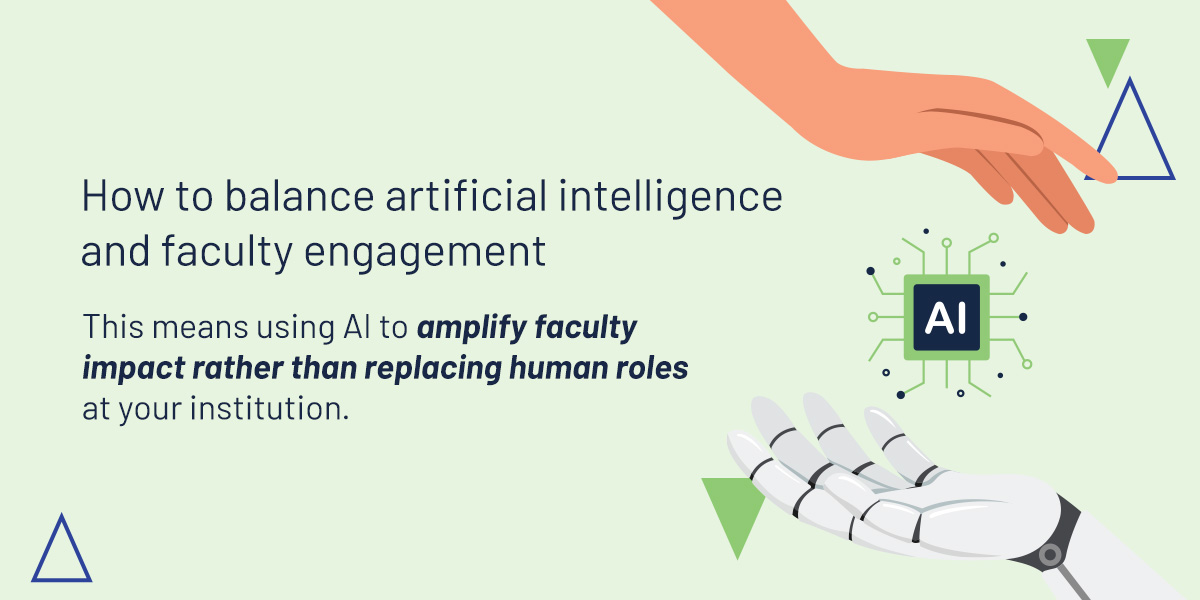
Recognizing the contributions that AI and faculty can offer student success, the key is to maintain balance. This means using AI to amplify faculty impact rather than replacing human roles at your institution. For example, AI can automate grading of basic assignments and generate draft lesson plans based on the curriculum outline, freeing up faculty time for personalized feedback and in-depth discussions with students.
AI can also collect and analyze student engagement and performance data to help faculty be more effective at these functions. Another idea is to train your professors to use AI as a tool for their own professional development and the success of their students. For instance, instructors can use AI to identify patterns in assessments where students struggle, allowing them to dedicate more class time to these challenging areas or refer students to targeted tutoring sessions.
Balancing AI and faculty-student engagement also means creating opportunities for meaningful human interaction. Encourage faculty members to hold office hours, attend student events, and engage with students outside of the classroom. During program reviews, ensure course activities promote collaboration, discussion, and mentorship to sharpen soft skills and build strong relationships between faculty and students.
Edtech best practices for supporting the human element in AI-enhanced education
Investing in innovative higher education software can help support human-centered student success strategies. To keep your faculty engaged and maximize their ability to support student success, look for AI-powered tools that:
- Unlock insights: Choose tools that integrate with your learning management system (LMS) to automate student data collection and analysis. User-friendly predictive analytics and visualization tools can help faculty distill the insights they need to understand and meet student needs.
- Streamline workflows: Select solutions that automate administrative tasks like creating feedback templates, grading basic assessments, and scheduling office hours.
- Facilitate communication and collaboration: Use platforms that support messaging, discussion forums, and appointment scheduling to foster a supportive learning community.
Combine AI tools with human expertise and drive student success with Watermark
With a clear understanding of the distinctive strengths of both faculty and AI, and the right tools to make optimal use of each, you can harness the best of human insight and technological efficiency to drive student success. For human-centered education technology with cutting-edge AI capabilities, choose Watermark Student Success & Engagement.
This purpose-built higher education student success solution can help your institution:
- Create custom guided learning pathways that account for the human factors impacting student progress.
- Provide proactive, efficient support with predictive analytics and early alerts.
- Cultivate connection through mobile-friendly appointment scheduling and support resources.
- Streamline student data analysis and reporting through LMS integrations.
Request a free demo to see how Student Success & Engagement can help your faculty bring out the best in their students.
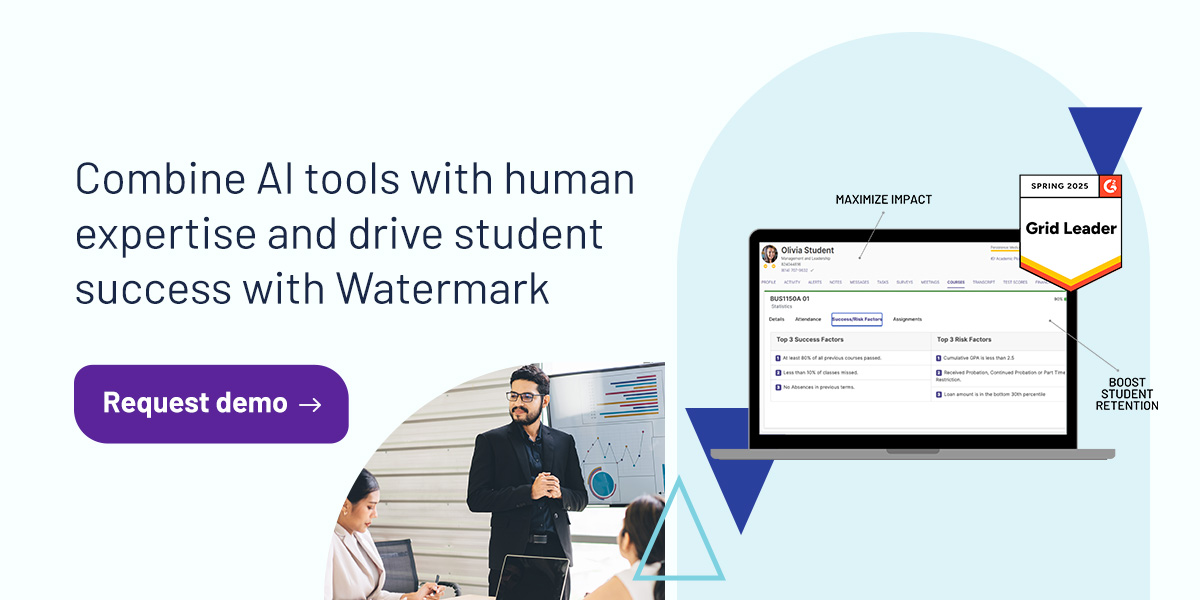
Linked Sources
- https://www.watermarkinsights.com/solutions/student-success/
- https://www.watermarkinsights.com/request-demo/
- https://www.learningideasconf.org/blog/balancing-human-and-ai-collaboration-in-education
- https://www.watermarkinsights.com/resources/blog/integrating-artificial-human-intelligence-for-student-success/
- https://www.watermarkinsights.com/resources/blog/how-to-improve-faculty-engagement-for-student-success/
- https://papers.academic-conferences.org/index.php/icair/article/view/3158
- https://www.watermarkinsights.com/resources/blog/technology-essential-institution-faculty-student-success/
- https://www.watermarkinsights.com/resources/blog/how-technology-can-amplify-your-educational-impact/
- https://www.watermarkinsights.com/resources/blog/talking-with-students-about-ai-use/













































































































